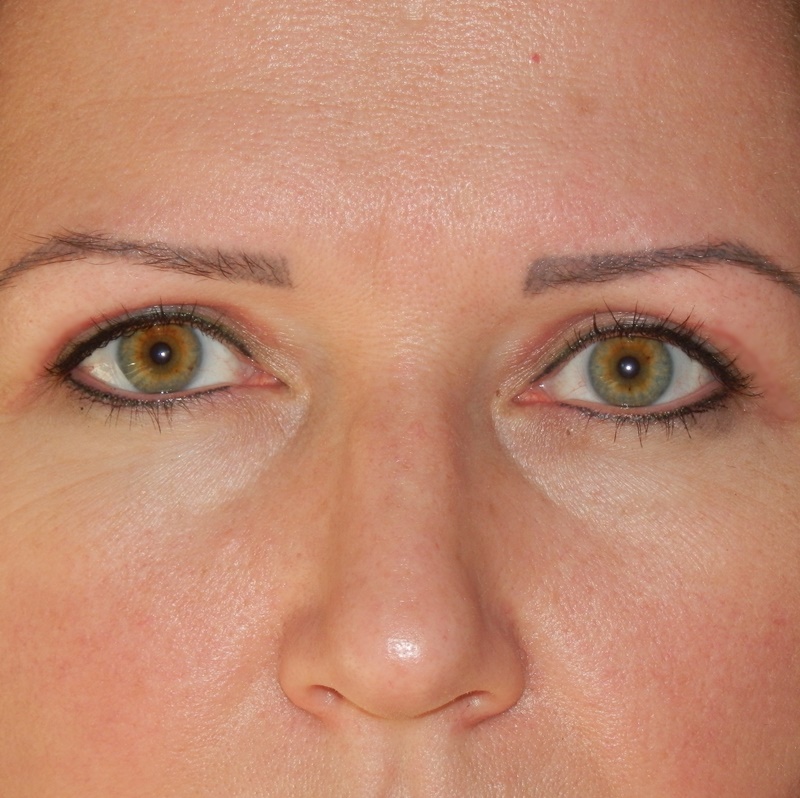
You have several options that can help you determine the cost of a breast-reduction surgery. Ask your surgeon for details and pictures of your symptoms to better determine the cost. Contact your health insurance provider in advance to discuss your options. Be prepared for anything and you will avoid unpleasant surprises. Learn more about breast reduction and how much it costs.
Average cost of breast-reduction surgery in the U.S.
The average price of breast reduction surgery in America is about $5,000 to $12,000. However, this can vary greatly. These prices include fees for the surgeon, facility fees, anesthesia, and any cost for implants. Patients with large breasts will pay more because they require additional work to remove excess tissue or reshape their nipple. Before selecting a surgeon, ask about fees for pre-op labs, travel, and lodging.
If it's deemed medically necessary, Medicaid or insurance will cover the cost for breast reduction. Medical necessity requires that the breasts cause documented medical problems and significantly impair one's quality of life or ability to function. Ask your surgeon about your insurance. Before scheduling your surgery, it is a good idea to speak with your insurance company about any specific requirements.

Variations in cost
The cost of breast reduction depends on several factors. These include the amount of tissues removed and the types of implants used. Pricing can also be affected depending on the complexity and length of the procedure. A capsulotomy, a surgical procedure that removes scar tissue around the implant and reduces compression, is possible. Pricing is also affected by the type and number of implants that a woman has. Insurance may cover the cost of the procedure. While the procedure is possible for both males or females, it can often be more costly in borderline cases.
A breast reduction procedure costs on average $8,200. This price does NOT include pre-operative or prescription medication. The final cost will vary depending on where the surgeon is located and their experience level. To obtain an accurate estimate of cost before the procedure, patients should contact their surgeon. Some surgeons offer patient financing plans, and some may waive the non-refundable consultation fees. Regardless of whether or not you have medical insurance coverage, you should still research the price before choosing a surgeon.
Insurance coverage
You should check with your insurance company if you are interested in having your breasts reduced. If you have medical proof, most insurers will cover breast-reduction surgery. You should obtain medical documentation from your family doctor and plastic surgeon. If your symptoms are chronic, insurance companies are more likely to approve your surgery or at least partial coverage. These are some tips to help you ensure that your procedure is covered by insurance.
First of all, make sure that you check your insurance's coverage before undergoing the procedure. Many insurance companies don't cover cosmetic procedures like breast reduction. Breast reduction is not covered by most insurance companies. If you have a grave health problem related the size or shape of your breasts most insurance plans will cover it. If you're a woman who has a particularly large breast size, the surgery can be covered as part of your medical plan.

Recovery time
Depending on what procedure was used, recovery can take between two and six weeks. Everyone recovers at different rates. A sedentary worker may need to take off one week, while a physically active person might require two weeks. Recovery will depend on a number of factors, including the patient's lifestyle and workplace. But patients need to be aware of how much time will they spend in bed.
A week following surgery, you will likely feel able to do some light housework or other activities like walking. You will experience the most difficulty for the first few days, so plan ahead. Take pain medications as prescribed and limit your activities. Keep your head elevated throughout this time. Avoid strenuous exercise for six weeks after your procedure. Avoid lifting gallon jugs or other heavy objects during your recovery.